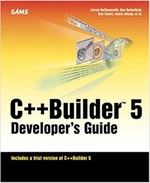Some notes on git
This set of notes covers the main things that I think you need to know about working with git. It is not comprehensive and mainly serves as a reminder for myself. Remotes In a typical open source workflow using GitHub or BitBucket, you would fork the main repository into your own and then clone that copy to your local computer: git clone git@github.com:akrabat/joind.in.git You then need to connect your local repository to the main repository.… continue reading.


